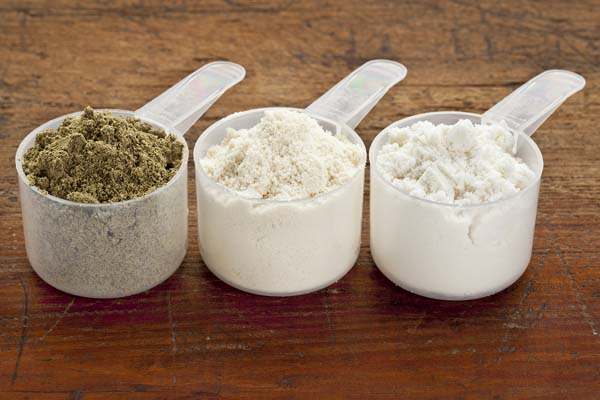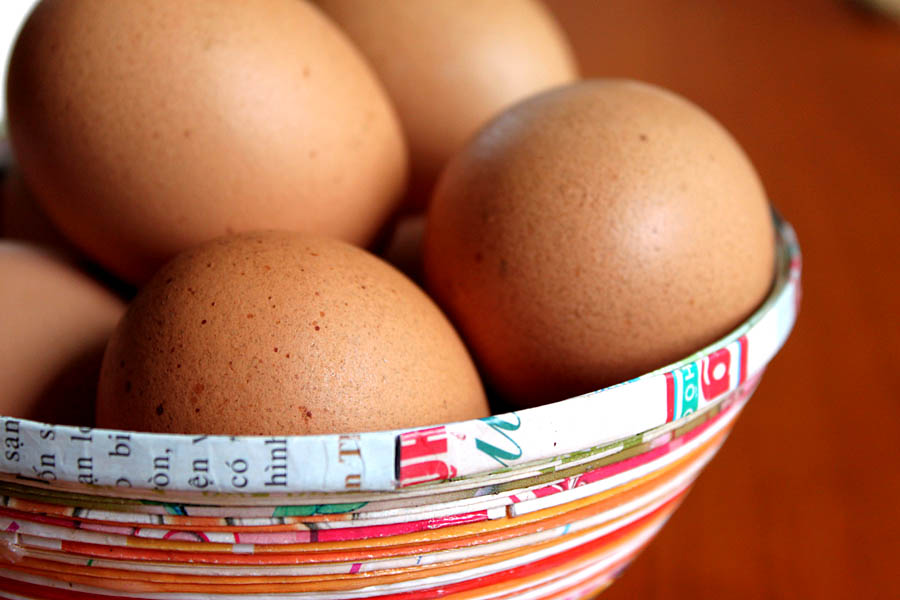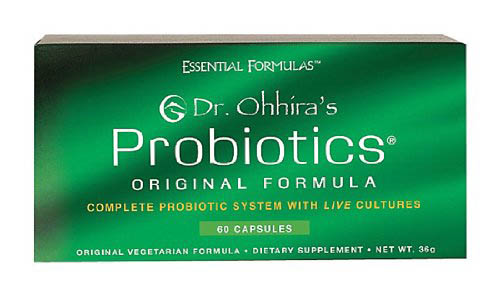Battle of the Whey Proteins – Which Whey?
 I know, I know, here I go about protein again, but it really is a topic worth talking about. In a previous post I shared with you the information from a study (video summary here) regarding optimal protein amounts and how getting at least 3 meals that contain 30 grams of protein (minimum of 90 grams of protein per day) is essential for protein synthesis. The creation of protein in our body funds the overwhelmingly large amount of protein based stuff within us from muscle cells to immune cells to hormones. Protein is essential to life and consuming enough protein in our diet is fundamental to optimal health.
I know, I know, here I go about protein again, but it really is a topic worth talking about. In a previous post I shared with you the information from a study (video summary here) regarding optimal protein amounts and how getting at least 3 meals that contain 30 grams of protein (minimum of 90 grams of protein per day) is essential for protein synthesis. The creation of protein in our body funds the overwhelmingly large amount of protein based stuff within us from muscle cells to immune cells to hormones. Protein is essential to life and consuming enough protein in our diet is fundamental to optimal health.
Thus I have been looking at whey protein powder again. I have covered this topic on several occasions, here, here and here – yet I come back to it again having found some new and interesting things. Mostly what I have discovered are some new options in this arena that make using whey protein powder even healthier.
Why whey you may ask? I find in my fitness assessment and nutritional coaching sessions that people tend to have a very set pattern of eating. Although in some ways we crave variety, in other ways we are resolutely focused on being the same. For example, you might change what you have for dinner but you probably almost always eat the same thing for breakfast. Even if you change what you eat for a meal, you probably eat about the same amount. In my observation people tend to eat about the same amount of protein for a meal even when they change what they eat. In other words we change the item but the portion size of protein remains about the same.
This seems to be human nature which makes it very difficult for us to make radical changes. We want to do what we are used to doing. When I am helping to coach someone to a better daily nutrition much of the time I am looking for ways to increase protein without the person feeling like they are eating more than they want. This is where a whey protein drink can come in handy. These protein powders have very limited calories on their own, usually just around 120 calories per a 30 gram protein serving (the calorie amount goes up if we mix the protein powder with something other than water). That small amount of calories makes this easy to consume, in other words, our body will not feel overly full. Drinking a protein drink instead of or in addition to the regular beverage we might have with a meal is easy. There is also the option of having the protein drink after a meal as a snack. The point is, in most people’s busy and somewhat regimented eating life, a protein drink fits in and provides those needed protein grams easier than practically anything else.
Another bonus about whey protein is that it is very easily absorbed – more quickly passing from our stomach and being absorbed by our intestines than just about anything else. The biological value of whey protein is practically equal to egg which comes in with a 100% value, meaning that all of the protein available is absorbed. Compare this to something like a rice protein powder where only 55% of the available protein is absorbed and you can see the benefit.
There is very little likelihood of someone having trouble with whey protein. Even those who are lactose intolerant can typically handle whey because it contains none of the milk sugar (lactose) of the milk. Now if someone has an allergy to milk, they are allergic to milk protein so obviously they should not use whey protein.





